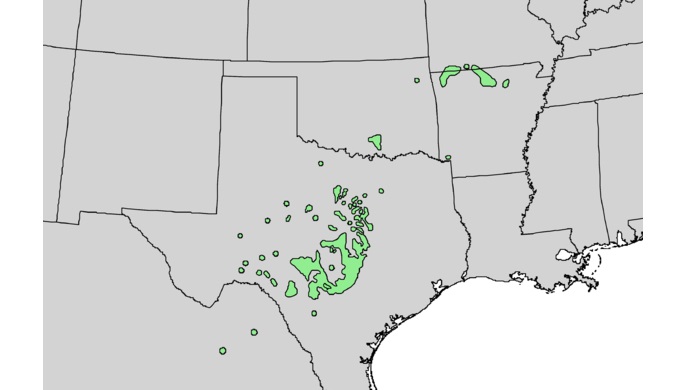The late winter, early spring brings cedar fever to the Hill Country. This allergy season starts with mountain cedar, also known as Ashe juniper. Though knowing more about this tree may not stave off allergy symptoms, it can help you to understand why cedar fever plagues so many in the Hill Country each year.
Nature
Mountain Cedar in the Hill Country: Native Nuisance or Foreign Fiend?
What is Mountain Cedar?

Photo: Wikimedia Commons
The proper name for mountain cedar is Ashe juniper. This tree is an evergreen, cone-bearing tree or shrub typically measuring 30 feet tall. Typically found throughout the Hill Country, these trees often form cedar breaks, which choke out other trees from the area in an almost impenetrable forest of cedar. The trees have male and female forms, both of which produce cones. The female cones look like blueberries, while the male cones are elongated and hidden at the very ends of the branches. When driving through the Hill Country, you’ll notice mountain cedar trees immediately from their shorter stature, dark green foliage, and peeling bark.
Where Did Mountain Cedar Come From?

Photo: Wikimedia Commons
Though much maligned, mountain cedar has been in Texas for thousands of years. Before people settled the area, much of the Texas Hill Country resembled oak savannah with grasslands dotted with oak trees stretching across the land. But mountain cedar still existed, though it tended to stay on steep slopes rather than throughout the land. Grazing by settlers in the 1800s removed grass and more tender saplings, allowing tougher cedar trees to take root and take over. As Ashe juniper was already well-adapted to the climate of the Hill Country, it grew quickly, forming dense breaks. Settlers also controlled natural fires that would have controlled the overgrowth of cedar. Today, much of the greenery in the Texas Hill Country is made of cedar trees rather than the more diverse, savannah of days past.
Cedar Fever

Photo: Wikimedia Commons
Though much maligned, mountain cedar has been in Texas for thousands of years. Before people settled the area, much of the Texas Hill Country resembled oak savanna with grasslands dotted with oak trees stretching across the land. But mountain cedar still existed, though it tended to stay on steep slopes rather than throughout the land. Grazing by settlers in the 1800s removed grass and more tender saplings, allowing tougher cedar trees to take root and take over. As Ashe juniper was already well-adapted to the climate of the Hill Country, it grew quickly, forming dense breaks. Settlers also controlled natural fires that would have controlled the overgrowth of cedar. Today, much of the greenery in the Texas Hill Country is made of cedar trees rather than the more diverse, savanna of days past.
References:



